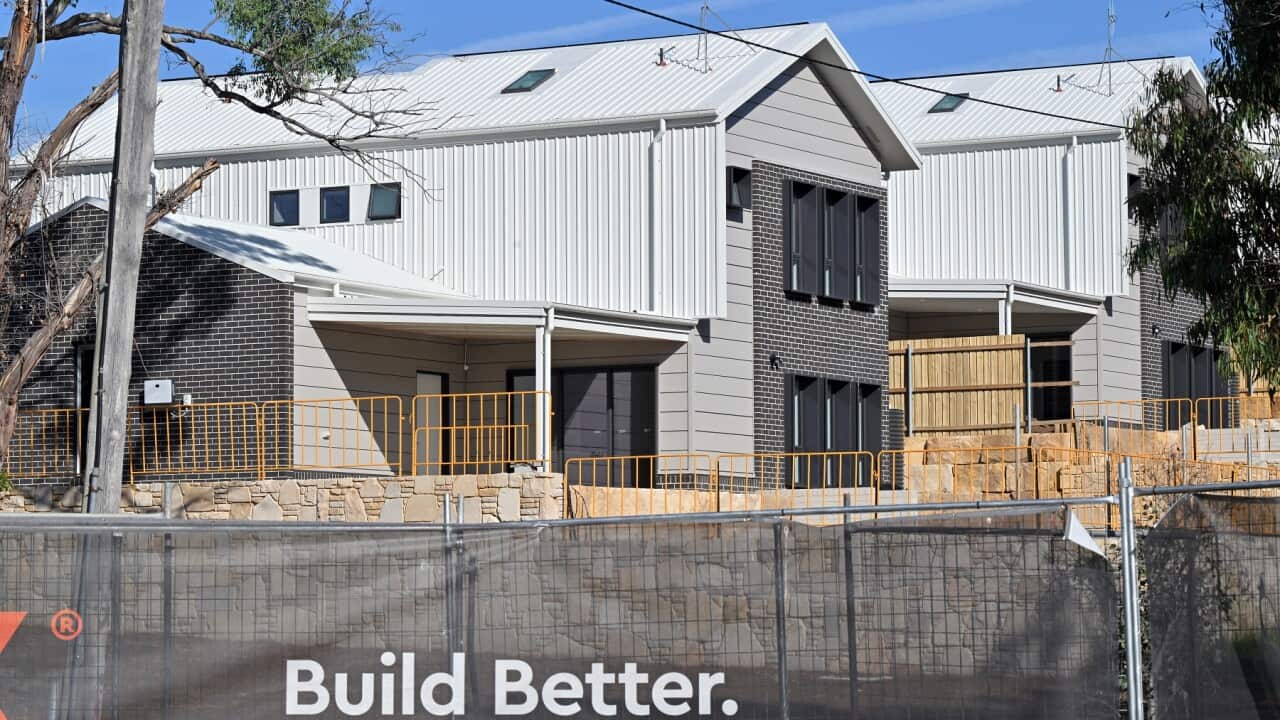Italian
Il ministro per i cambiamenti climatici Chris Bowen sostiene che è ora di cambiare marcia riguardo all’assunzione di veicoli elettrici, con i prezzi e la disponibilità che confinano l’Australia nella corsia lenta.
“I know many Australians who would love to drive an electric vehicle, but they look at the cost and availability in Australia and say it just doesn’t stack up. And reluctantly they go and buy and internal combustion engine vehicle.”
Bowen ha segnalato la pubblicazione di un documento di lavoro dedicato all’allineamento degli standard di efficienza dei carburanti con il resto del mondo.
Bowen ha dichiarato che l’Australia e la Russia sono le uniche nazioni ricche che non richiedono ai produttori di auto di vendere una percentuale di veicoli a zero o basse emissioni.
“I’m sorry to say Australia is a dumping ground for cars that would not be able to be sent to other countries. More than 80 per cent of cars around the world are sold in jurisdictions with fuel emissions standards.”
È una politica che diverse parti interessate dell’industria sostengono di stare attendendo da tempo.
Paul Sansom, il direttore di Volkswagen Australia, ritiene che ci siano pochi incentivi per le case automobilistiche nell’offrire ai consumatori australiani veicoli elettrici.
“If we had some standards today we could start bringing some cars tomorrow. (Journalist: Right. Right.) We really could. I mean I don't want to over emphasise that. That's a game-changer.”
L’Australia è arretrata in maniera significativa per quanto riguarda l’assunzione di veicoli E-V, con appena il due per cento, cinque volte in meno della media globale.
Nel Regno Unito ci sono oltre 25 veicoli a basse emissioni disponibili per un prezzo di 60mila dollari.
In Australia ce ne sono solo otto.
Mike Cannon-Brookes, co-presidente di Atlassian, sostiene che l’Australia debba fare grandi passi in avanti per recuperare.
“Our standards cannot be a step forward from where we are today they have to catch up to where the rest of the world is. The problem is right now we are far behind the rest of the world.”
La Federal Chamber of Automotive Industries ha appoggiato l’annuncio del governo.
Ha rilasciato una dichiarazione che sostiene: “da anni abbiamo pubblicamente richiesto l’obbligo da parte del Governo di un obiettivo di emissioni di CO2. Oggi è un grande giorno”.
Ma Jennifer Rayner del Climate Council sostiene che non bisogna permettere all’industria automobilistica di impadronirsi delle discussioni su dove debbano essere stabiliti gli standard di efficienza dei consumi.
“Some of the proposals that have been put on the table by the auto industry in the past wouldn’t have seen them cut emission anywhere near as fast or as far as we need to.”
Come parte della strategia, il governo intende installare stazioni di ricarica ogni 150 chilometri nelle strade principali.
Creerà inoltre una rete nazionale per il rifornimento di idrogeno e sostituirà almeno il 75% della vecchia flotta del Commonwealth con veicoli a bassa emissione entro il 2025.
Il Chief Minister dell’ACT Andrew Barr sostiene che la collaborazione è la chiave per fare funzionare la strategia.
“To address the concerns that some consumers have about making this change. It’s a role for government to facilitate this to make it easier and cheaper for people and that’s what we’re going to achieve.”
Bank Australia ha inoltre annunciato che dal 2025 smetterà di finanziare prestiti per nuove auto a combustibili fossili.
Il documento di lavoro del governo federale verrà pubblicato il prossimo mese.
English
Climate Change Minister Chris Bowen says it’s time to shift gears on electric vehicle uptake, with price and availability leaving Australia in the slow lane.
“I know many Australians who would love to drive an electric vehicle, but they look at the cost and availability in Australia and say it just doesn’t stack up. And reluctantly they go and buy and internal combustion engine vehicle.”
Mr Bowen has flagged the release of a discussion paper on bringing fuel efficiency standards into line with the rest of the world.
He says Australia and Russia are the only wealthy nations that don’t require car manufacturers to sell a percentage of low and zero emission vehicles.
“I’m sorry to say Australia is a dumping ground for cars that would not be able to be sent to other countries. More than 80 per cent of cars around the world are sold in jurisdictions with fuel emissions standards.”
It's a policy that some industry stakeholders say they’ve been waiting for.
Managing Director of Volkswagen Australia, Paul Sansom, says there is little incentive for car manufacturers to provide electric vehicles to Australian consumers.
“If we had some standards today we could start bringing some cars tomorrow. (Journalist: Right. Right.) We really could. I mean I don't want to over emphasise that. That's a game-changer.”
Australia is significantly behind on E-V uptake at just two percent, five times lower than the global average.
In the U-K, there are over 25 low emission vehicles available for a price of 60-thousand dollars.
In Australia, there are only eight.
Mike Cannon-Brookes, co-CEO of Atlassian, says Australia needs to take big steps to catch up.
“Our standards cannot be a step forward from where we are today they have to catch up to where the rest of the world is. The problem is right now we are far behind the rest of the world.”
The Federal Chamber of Automotive Industries has endorsed the government's announcement.
It's issued a statement saying “we have publicly advocated for a Government mandated C-O-2 target for many years. This is a good day.”
But the Climate Council’s Jennifer Rayner says the automotive industry can’t be allowed to railroad discussions on where fuel efficiency standards are set.
“Some of the proposals that have been put on the table by the auto industry in the past wouldn’t have seen them cut emission anywhere near as fast or as far as we need to.”
As part of the strategy, the government intends to install charging stations every 150 kilometres on major roads.
It will also create a national hydrogen refuelling network and replace at least 75% of the old Commonwealth fleet with low emission vehicles by 2025.
A-C-T Chief Minister Andrew Barr says collaboration is key to making the strategy work.
“To address the concerns that some consumers have about making this change. It’s a role for government to facilitate this to make it easier and cheaper for people and that’s what we’re going to achieve.”
Bank Australia has also announced it will cease funding loans for new fossil fuel cars from 2025.
The Federal Government consultation paper will be released next month.
Report by Abby Dinham
Ascolta tutti i giorni, dalle 8am alle 10am. Seguici su , e o abbonati ai nostri podcast cliccando .




